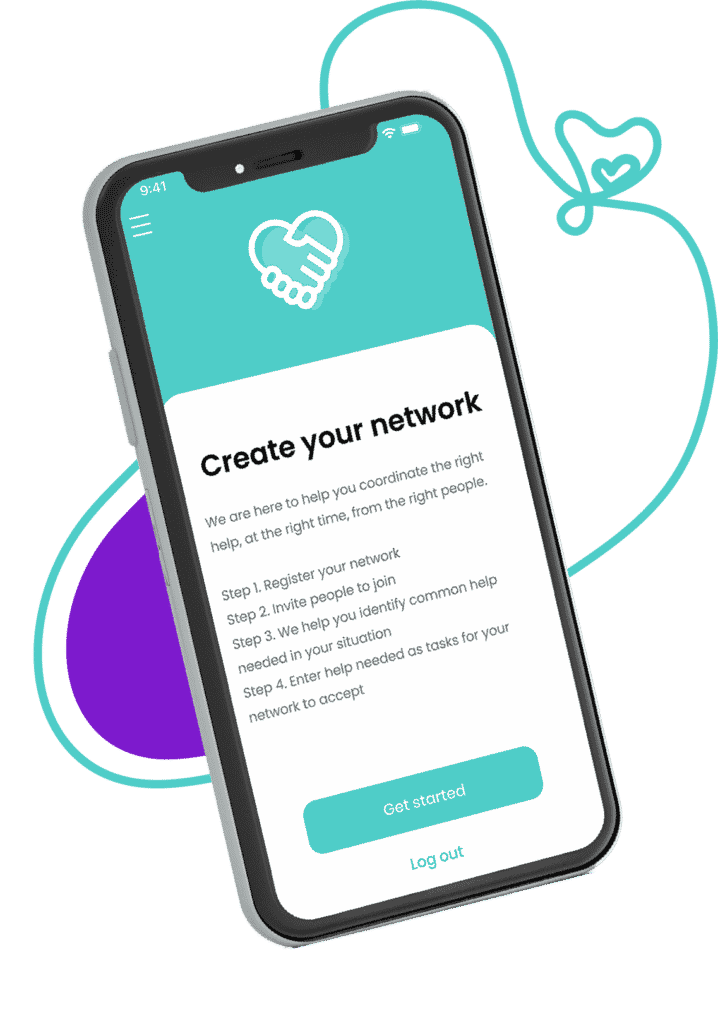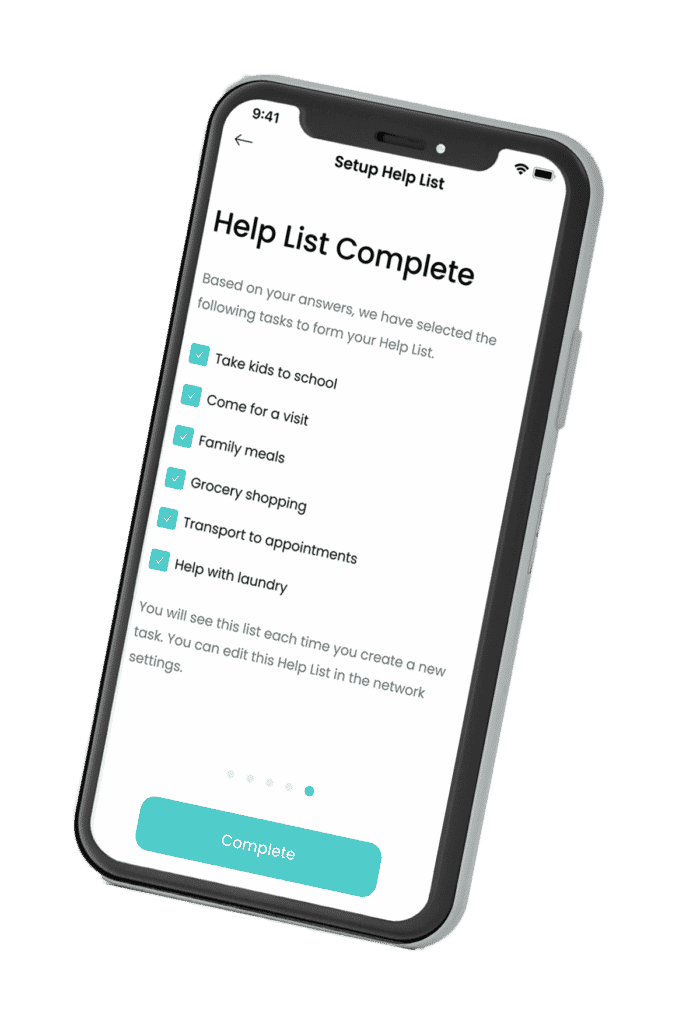AUTHOR: Nikki Lovell
As human beings, we all need help at some point in our lives. However, asking for help can be a daunting and uncomfortable experience for many of us. Despite this, it’s an important skill that can help protect us from burnout and provide us with much-needed support, both practically and emotionally.
Here are 8 steps you can take to overcome the challenges of asking for help and embrace the benefits that come with it.
1. Check Your Assumptions
Before you even think about asking for help, it’s essential to check your assumptions and beliefs about the process. Self-criticism, concerns about how someone will see you, and other negative thoughts can discourage you from seeking help. However, these assumptions may not be accurate or reasonable. Try to challenge your thoughts and open your mind to the possibilities of asking for help.
2. Make a Decision
Once you’ve examined your assumptions, it’s time to make a decision about whether or not to ask for help. Remember, the long-term benefits of asking for help often outweigh the short-term costs, such as momentary feelings of discomfort.
3. Choose Who to Ask
When it comes to asking for help, think about who has the skills, knowledge, or ability to help you effectively. Additionally, consider who is likely to respond well to your request for help. This could be a friend, family member, colleague, or even a neighbour.
4. Consider the Best Time
Once you’ve decided who to ask, consider the best time to make your request. If possible, give the person time to consider your request and avoid asking when they’re under stress or in a bad mood.
5. Ask in the Face of Discomfort
Asking for help can be scary, and you may feel fear, anxiety, or shame as you proceed. It’s important to acknowledge these emotions and summon the courage to ask for help anyway. Remember that asking for help is a sign of strength, not weakness.
6. Use Assertive Communication
When you make your request, be open, direct, and respectful. Use assertive communication skills, such as saying, “I’ve been struggling with ____. Would you be willing to ____?” Be clear and concise about what you need, and try to make your request as simple and specific as possible. If you’re not sure exactly what kind of help you need, ask if you can talk it over together.
7. Accept Help
If someone agrees to help, let them. Getting help often means giving up some control, but it’s essential to allow the helper to take ownership of what they’ve agreed to do. If the way they are providing help isn’t inline with what you need, try using assertive communication once more to express what it is you need from them. Most people will welcome this specific direction as it enables them to improve how they help you. it’s a ‘win win’.
8. Take a Breath and Try Again
If your request for help is denied, don’t assume the worst. Instead, consider other options and keep trying. Getting help often requires asking several people, so don’t give up after the first rejection. Keep searching for the support you need and never underestimate the power of asking for help.
Asking for help is an incredibly valuable skill but it can take practice. Start with small asks to build up your confidence. Remember you can also always use our free Gather My Crew app to mobilise and coordinate support. You’ve got this!


